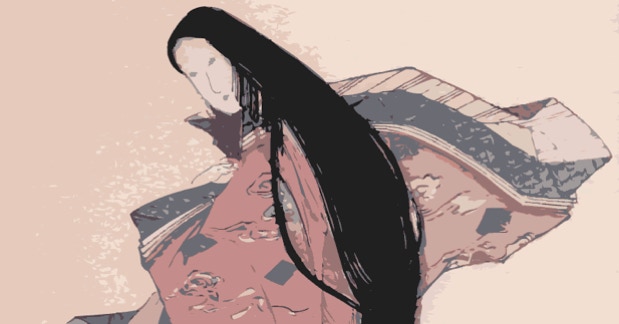murasaki shikibu’s real diary

Our main source of knowledge about the person Murasaki Shikibu comes from this work. Diaries kept by court ladies of this era were a well-accepted literary genre. They were not so much a record of day by day activities as men's journals tended to be. Rather, they mixed detailed description with personal reflection and often poetry. These diaries have an intimate tone that is very striking to the modern reader.
Several other famous women's diaries were contemporary with Murasaki's work—her "Auntie's" Gossamer Diary (Kagero Nikki), Izumi Shikibu's Diary, and Sei Shônagon's Pillow Book (which was essentially the same type of thing). Yet all of those works have more coherence than Murasaki's Diary. The most likely reason is that what has come down to us are only fragments of a longer work. The largest part of the diary covers less than one year of her life in court service. Another chunk seems to be drawn from letters. The chronology is problematic.
The Diary has been translated with extensive annotation into English by Richard Bowring. (Murasaki Shikibu, Her Diary and Poetic Memoirs, 1982. Princeton University Press) In his introduction, Bowring gives a good overview of the various Japanese scholarly theories of the construction and dating of the diary. For a detailed description of precisely what sections of my story are drawn from the material of the diary, and what are made up, click on what’s real in The Tale of Murasaki.